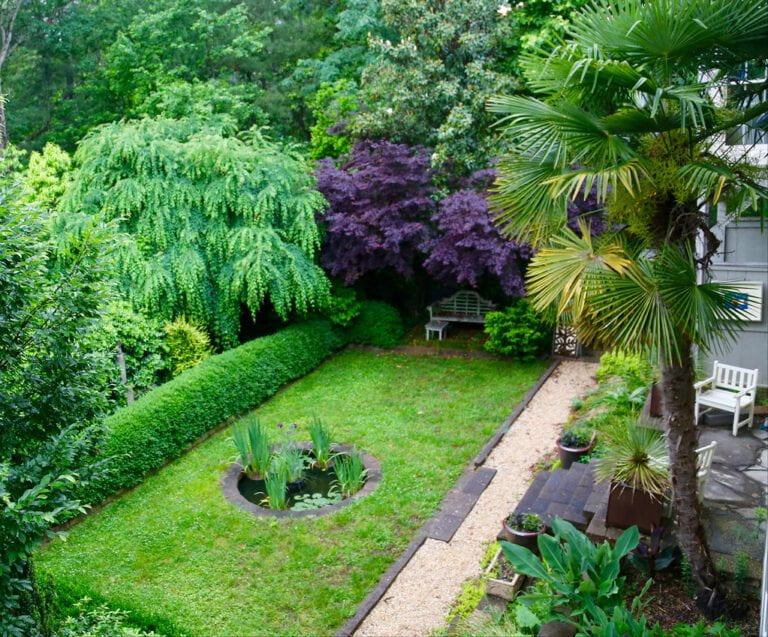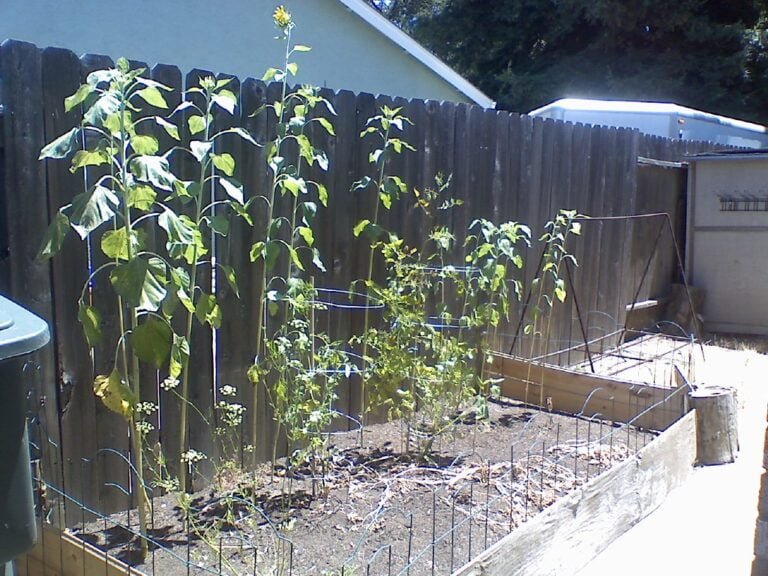Steps to Plan and Design Your Perfect Landscape
Are you ready to transform your outdoor space into a breathtaking landscape that reflects your style and meets your needs? Get ready to dive into the step-by-step process of planning and designing your perfect landscape. From assessing your goals to creating a budget and timeline, this article will guide you through the essential elements of creating a functional and sustainable outdoor oasis. Let's get started on bringing your dream landscape to life!
Assess Your Needs and Goals
To assess your needs and goals for your perfect landscape, start by making a list of what you want to achieve and the practical requirements for your outdoor space. Think about your lifestyle and how you want to use the outdoor area. Consider whether you need space for entertaining, playing, relaxing, or gardening. Take into account the local climate and soil conditions, as these will influence the types of plants and features that will thrive in your landscape. It's important to also assess any maintenance considerations, such as how much time and effort you are willing to put into upkeep. By taking the time to thoroughly evaluate your needs and goals, you can ensure that your landscape not only looks beautiful but also serves your practical requirements.
Research Local Climate and Soil
Research the local climate and soil conditions to understand how they will impact the plants and features that can thrive in your landscape. Start by gathering information about the average temperature, rainfall, and frost dates in your area. This will help you select plants that are well-suited to your specific climate. Additionally, analyze the soil composition and drainage to determine which plants will flourish in your garden. For instance, if you have clay soil, you may need to choose plants that can tolerate these conditions. Understanding your local climate and soil will also guide decisions on irrigation, drainage systems, and other landscape features to ensure the longevity and success of your design. By researching these factors, you can create a landscape that not only looks beautiful but also thrives in its environment.
Create a Budget and Timeline
When creating your perfect landscape, start by establishing a budget and timeline. Setting a budget will help you prioritize your landscaping needs and ensure that you invest in elements that will truly enhance your outdoor space. Consider the costs of materials, labor, and any additional features you want to include, such as lighting or irrigation. Take into account ongoing maintenance expenses as well. Creating a realistic timeline is crucial for managing the project efficiently. Consider factors such as the availability of landscaping professionals, the seasonality of certain tasks, and any upcoming events or gatherings you want your landscape ready for. By carefully planning your budget and timeline, you can ensure that your landscaping project stays on track and within your means, leading to a beautiful and functional outdoor space.
Determine Your Design Style
Once you have established your budget and timeline, it's time to determine your design style by considering your personal preferences and the existing features of your outdoor space. Take a moment to envision how you want your outdoor area to look and feel. Are you drawn to a more natural, rustic style with native plants and a relaxed, informal layout? Or do you lean towards a modern, minimalist design with clean lines and sleek surfaces? Consider the architecture of your home and how you can complement it with your landscape design. Your design style should reflect your personality and enhance the functionality of your outdoor space. By understanding your preferences and the existing features, you can create a cohesive and harmonious landscape that truly speaks to your individuality.
Measure and Map Your Space
To accurately plan and design your landscape, measure and map your outdoor space to gain a comprehensive understanding of its dimensions and features. Start by measuring the boundaries of your yard using a measuring tape or a long rope. Note the location and dimensions of existing features such as trees, shrubs, and structures. Create a rough sketch or use a digital mapping tool to accurately depict the layout of your space. Consider factors like sunlight exposure, soil quality, and drainage patterns. Mapping your space will help you visualize the potential areas for different landscape elements such as seating areas, flower beds, or pathways. This detailed understanding of your space will serve as the foundation for creating a well-thought-out and functional landscape design.
Select Suitable Plants and Materials
After mapping your outdoor space and understanding its dimensions and features, you can now select suitable plants and materials to complement the layout. When choosing plants, consider the climate and soil conditions in your area. Opt for native plants as they are well-adapted to the environment, requiring less maintenance and water. Incorporate a variety of plants to add visual interest and provide habitat for local wildlife. Additionally, think about the colors, textures, and seasonal changes of the plants to create a dynamic landscape throughout the year. As for materials, select durable options that align with the overall aesthetic and theme of your landscape. Whether it's natural stone for pathways or wooden structures for seating areas, choose materials that not only look beautiful but also withstand the elements for years to come.
Develop a Functional Layout
Consider the practical needs and activities you want to accommodate in your outdoor space when developing a functional layout. Start by identifying key areas such as dining, cooking, lounging, and gardening. Ensure that pathways are wide enough for easy movement and that seating areas are strategically placed for comfort and social interaction. Think about the flow of foot traffic and how you can create separate zones for different activities while maintaining a cohesive overall design. Take into account the position of the sun throughout the day to determine where to place shaded areas or sun-loving plants. Additionally, consider factors like wind direction and privacy needs when arranging seating and living spaces. By carefully considering these practical aspects, you can create a functional and enjoyable outdoor space for all your desired activities.
Consider Outdoor Living Spaces
When planning your landscape, envision outdoor living spaces that cater to your specific needs and lifestyle. Think about how you want to use your outdoor space. Do you enjoy hosting gatherings? Consider a spacious patio with comfortable seating and a fire pit for cozy evenings. If you love gardening, allocate a tranquil corner for a colorful flowerbed or a small vegetable garden. Maybe you appreciate solitude; in that case, a secluded nook with a soothing fountain might be perfect for quiet reflection. Additionally, think about the local climate and how you can make your outdoor living spaces comfortable year-round. Whether it's adding shade trees, installing a pergola, or incorporating an outdoor kitchen, tailor your landscape to create inviting and functional spaces that enhance your daily life.
Plan for Maintenance and Sustainability
To ensure that your landscape remains beautiful and environmentally friendly, prioritize planning for maintenance and sustainability. When designing your landscape, think about the long-term maintenance requirements and environmental impact. Choose native plants that are well-suited to the local climate and require minimal water and maintenance. Incorporate sustainable practices such as rainwater harvesting, drip irrigation, and composting to reduce water usage and waste. Additionally, consider using environmentally friendly materials for hardscapes and structures to minimize the ecological footprint of your landscape. Plan for regular maintenance tasks such as pruning, weeding, and lawn care to keep your landscape looking its best while also being mindful of the environmental impact. By incorporating maintenance and sustainability into your landscape plan, you can create a beautiful outdoor space that is also kind to the environment.
Seek Professional Assistance
For expert guidance in planning and executing your landscape design, enlist the help of a professional landscaper. A skilled landscaper can bring your vision to life while considering important factors like soil quality, climate, and local regulations. They can assess your space, listen to your ideas, and offer practical suggestions to enhance your outdoor area. With their expertise, you can avoid costly mistakes and ensure that your landscape is both beautiful and sustainable. A professional landscaper can also help you select the right plants, materials, and features that align with your budget and long-term maintenance goals. By collaborating with a knowledgeable professional, you can save time and effort while achieving the perfect landscape for your home.
Conclusion
Now that you've completed the steps to plan and design your perfect landscape, you're well on your way to creating a beautiful and functional outdoor space. By assessing your needs, researching local climate and soil, and creating a budget and timeline, you've set yourself up for success. Remember to consider your design style, measure and map your space, and seek professional assistance as needed. With careful planning and attention to detail, your dream landscape is within reach. Happy landscaping!






